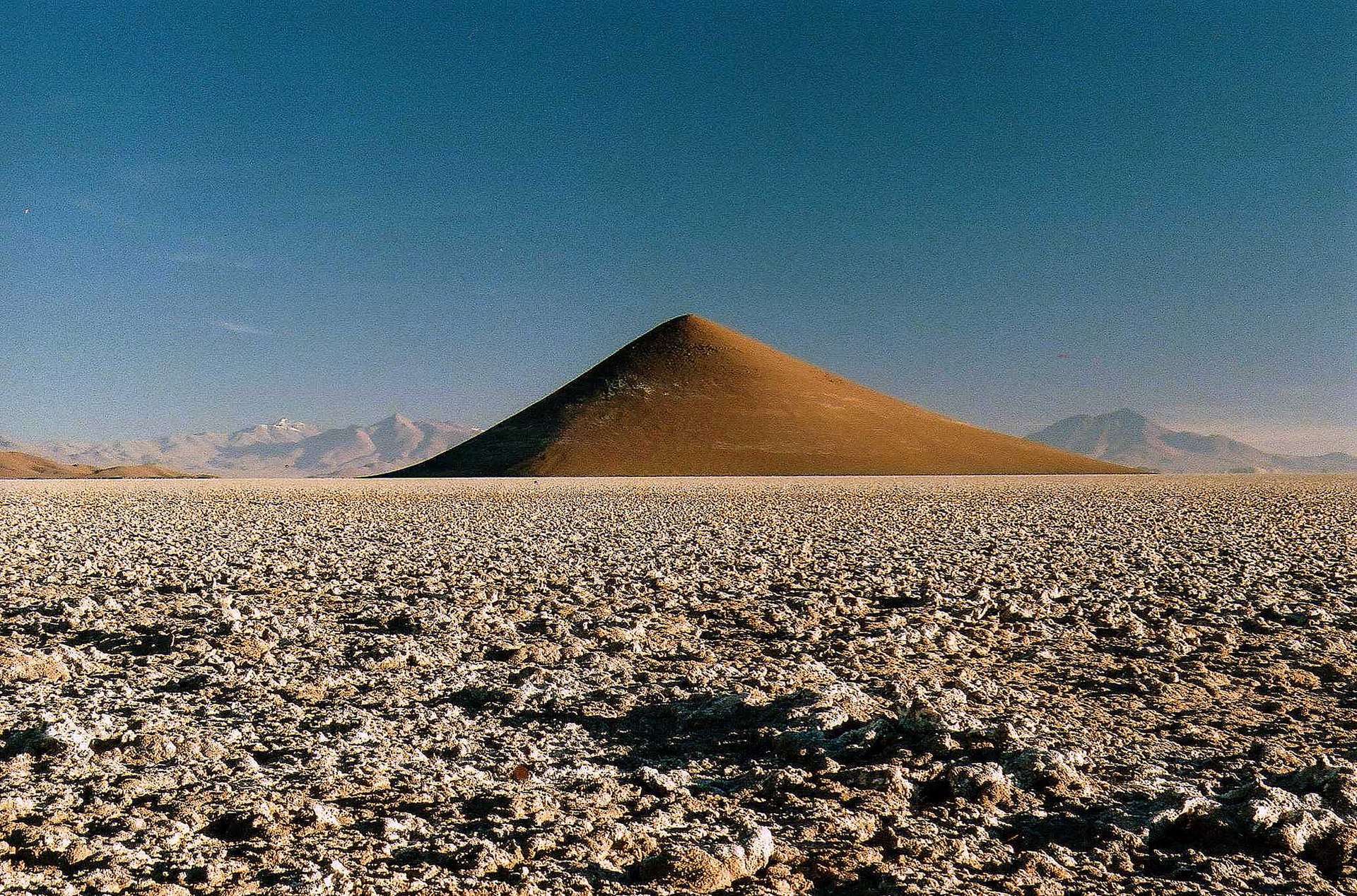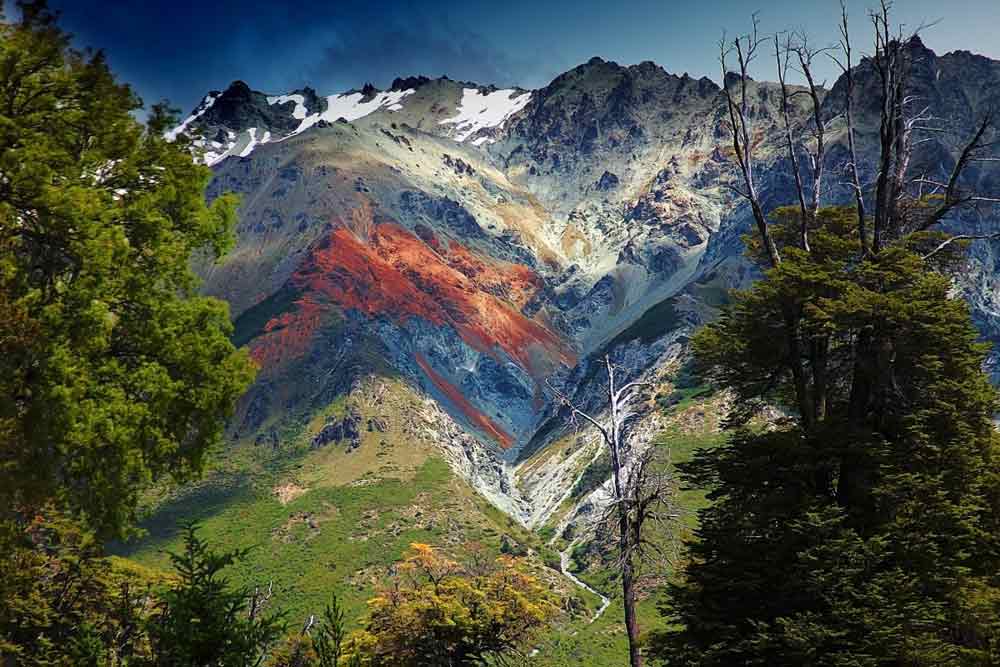30 Jaw Dropping Fun Facts About The Andes Mountains
There are a lot of fun facts about the Andes mountains. Many of the major towns are situated on plateaus, and La Paz, Bolivia’s capital, is situated on the world’s highest plateau, the Altiplano Plateau in the Andes mountains. This magnificent metropolis is situated at a height of around 3,650 meters (11,975 feet), with some sections reaching a height of 4,200 meters (13,780 feet). This article will feature many more fun facts about the Andes mountains like these.
The average low temperature in the winter is around 52°F. The average temperature in the summer is 68°F. The biomes surrounding and in the Andes Mountains account for the majority of these temperatures. The Andes Mountain climate’s precipitation varies, albeit not dramatically, between two locations.
There are several peaks that are higher than 6,000 meters (19,685 feet) and some that are even higher than 7,000 meters (22,965 feet). This includes Aconcagua in Argentina, which reaches 6,961 meters (22,838 feet) above sea level and is one of the world’s most iconic mountains. As a result, it is also the tallest peak outside of Asia! Let’s find below 30 fun facts about the Andes mountains!
Fun facts about the Andes mountains
Here are 30 mindblowing fun facts about the Andes mountains
1. The Dry Andes and the Wet Andes are two climatic and glaciological zones that divide Chile and Argentina’s Andes.
2. Throughout its length, the Andes range is roughly 200 km (124 km) broad, except in Bolivia, where it is 640 km (398 mi) wide. The submerged summits of the Andes range are represented by the Dutch Caribbean islands of Aruba, Bonaire, and Curaçao, which are located in the Caribbean Sea off the coast of Venezuela.
3. You’re undoubtedly aware that the Incas lived in the Andes and created “Machu Picchu,” one of the most renowned sites in the world. This incredible edifice was even named one of the New Seven Wonders of the World. What you might not realize is that the term “Andes” could have come from one of the Incan Empire’s languages!
4. The Andes of Colombia, Ecuador, Peru, Bolivia, and Chile is home to high-altitude Polylepis forests and woods. Queua, Yagual, and other names have been given to these trees.
5. As you travel further north, the snow line rises. The climate becomes cooler as you travel further south. Because of the warmer environment, the snow line will rise higher and higher as you travel from south to north.
6. The climatic difference may be fairly dramatic because the northern section of the range is relatively warm. The active composite volcano Cotopaxi, Ecuador’s second-highest peak with a height of 5,897 meters, is one such example (19,347 feet).
7. The Andes, like all mountain ranges across the world, were created by the movement of tectonic plates. The compression of the South American Plate and the subduction of the Nazca and Antarctic Plates are two examples.
8. This process took millions of years to complete, beginning in the Mesozoic Era (252 to 66 million years ago) and continuing into the Tertiary Era (66 to 2.6 million years ago).
9. This mountain range also has one of the most beautiful lakes on the earth, frequently referred to as the “highest navigable lake in the world.”
10. The Andes divide into three parallel ranges in Colombia, north of the Ecuadorian border: western, central, and eastern.
11. There are many climatic zones depending on both latitude and height because this is such a large mountain range. In Colombia, the northern Andes is generally hot and wet, with an average temperature of 18 °C (64 °F).
12. This lake is known as “Lake Titicaca,” and it is located in the Andes on the Peruvian-Bolivian border. Although it is not the highest lake in the world, it is the highest lake in the world that can be navigated by big commercial vessels since it spans an area of 8,372 square kilometers (3,232 square miles).
13. It’s actually a component of a much bigger mountain range that stretches all the way to Canada and Alaska! The American Cordillera is the eastern portion of the Pacific Ring of Fire and is known as the American Cordillera.

14. This cordillera, which stretches from South America’s farthest southern tip, Tierra del Fuego, to North America’s Alaska and the Brooks Range, is known as the “western backbone” of the Americas.
15. Rainforests once covered most of the northern Andes, but this is no longer the case, particularly in Colombia’s Chocó and inter-Andean valleys. This has been caused by farming, deforestation, illicit crops, and population expansion.
16. There are several other high plateaus in the mountain range besides the Altiplano. This, along with the fact that the area has been populated for 6,000 years, resulted in the establishment of the Incan Empire, pre-Columbian America’s biggest empire.
17. The Atacama Desert, one of the world’s most interesting deserts and the world’s driest region, runs through the center of the mountain range.
18. The eastern Cordillia Oriental’s western range is the only one that reaches Colombia.
19. The temperature in the Andes varies depending on where you go, how high you go, and how near you are to the sea. The southern part of the state is wet and chilly.
20. The Andes’ core region is arid. Rainy and warm in the northern Andes, with an average temperature of 18 °C (64 °F) in Colombia.
21. Climate change is well recognized to occur across small distances.
22. The Sierra Nevada de Santa Marta (Snowy Mountain Range of Saint Martha) is an isolated mountain range in Colombia’s north that is not part of the Andes series. The Sierra Nevada is the world’s highest coastal range, rising to 5,700 meters above sea level barely 42 kilometers from the Caribbean shore.
23. One of the most fascinating facts about the Andes Mountains is that they are directly responsible for the creation of this ultra-arid region, since their peaks create a double rain shadow over the desert, preventing any precipitation from passing through.
24. This gives many sections of the desert a Mars-like appearance and climate, which is why it has been utilized as a Mars mission testing site!
25. Two parallel ranges go across the northern portion. The Cordillera Occidental (western) and the Cordillera Oriental (eastern) are the two cordilleras (eastern). Cordillera is derived from the Spanish word cordero, which means “rope.”
26. The flora of this mountain range varies considerably, similar to how the temperature changes depending on where you are. The northern sections of the country are covered with rainforests, which are quickly disappearing.
27. One of the most fascinating facts about the Andes Mountains is that it is home to the world’s largest concentration of vascular plants, with over 30,000 species.
28. The “Cinchona pubescens,” commonly known as “Quina,” is a tiny tree that is maybe the most intriguing plant species. This tree generates quinine, a kind of medicine used to treat malaria, in its bark.
29. While the origin of the term Andes is unknown, many historians believe it is derived from the Quechua word “anti.” This term meant “east,” alluding to the Incan Empire’s “East Region.”
30. Quito in Ecuador, Santiago in Chile, and Medelln and Cali in Colombia are some of the other major cities in the Andes. Bogotá, Columbia’s capital, is the Andes’ most populous city, with a population of over 10 million people.
We hope you have really enjoyed these fun facts about the Andes mountains.
More Interesting Articles
- 30 Most Beautiful Islands in the World
- How to Plan the Best Indonesia 2 week Itinerary
- A Complete Guide to Gili Island Tour
- 51 Lombok Island Interesting Things To Do
- 20 Secret Islands in the World that Evoke Curiosity
- 30 Popular Hotels near Niagara Falls USA Side
- 15 Niagara Falls American Side Things to Do
- Niagara falls American-side Tour with Maid of the Mist Boat Ride
- Secrets of Niagara Falls American Side vs Canadian
- Discovery Pass Niagara Falls NY – How to Collect
- 12 Niagara Falls American Side Attractions
- Getting to Lake Tahoe – A Transportation Guide
- What Makes a Memorable Tahoe Day Trip?
- Lake Tahoe weekend Trip – Nearby Places to Visit
- 12 Things to Do in Tahoe in Winter – A Travel Guide
- Tahoe Snow Resorts that Every Traveler Can Check
- Lake Tahoe Travel Guide for Adventurous Tourists
- 5 Things to Do in Yellowstone National Park
- Best Things to Do When you Visit Maui
- 10 Best National Parks in the USA One Must See
